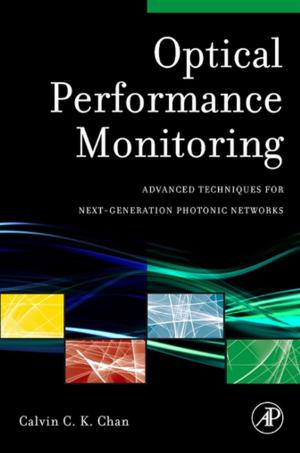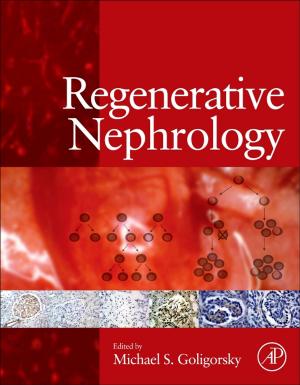Recent Developments in Cavitation Mechanisms
A Guide for Scientists and Engineers
Nonfiction, Science & Nature, Technology, Engineering, Chemical & Biochemical, Science, Physics, Mechanics| Author: | Seiichi Washio | ISBN: | 9781782421764 |
| Publisher: | Elsevier Science | Publication: | August 28, 2014 |
| Imprint: | Woodhead Publishing | Language: | English |
| Author: | Seiichi Washio |
| ISBN: | 9781782421764 |
| Publisher: | Elsevier Science |
| Publication: | August 28, 2014 |
| Imprint: | Woodhead Publishing |
| Language: | English |
How does cavitation start? Presently, the nucleus theory provides the answer to this fundamental question. However the idea of nuclei contains inaccuracies that cannot be rationalized. Recent Developments in Cavitation Mechanisms discusses the uncertainties surrounding the nucleus theory, and proposes another theory of cavitation mechanism. Characteristically, the new theory is based on recent discoveries of cavity generation phenomena in separating flows. This book consists of chapters that introduce topics such as unsoundness of cavitation nuclei, and phenomena of cavity generation on walls of flow separation in hydraulic oil and water flows. Subsequent chapters cover the mechanism of cavity generation at point of flow separation, nucleation by contact motion between solids in liquid and a proposal of new cavitation mechanism based on flow separation and solid contact. The final chapters present the demonstration of a new mechanism in the hydraulic poppet valve and a concluding summary.
- proposes a new mechanism of cavitation inception in liquid machines
- describes in detail phenomena of cavity generation at point of flow separation recently discovered by the author
- discusses peculiar properties of flow separation as cause of cavity generation
- presents abundant experimental data of incipient cavitation obtained with high resolution of time and space
- provides supplementary materials of slow motion videos that can help understand the very rapid and minute phenomena of cavity generation which has been discovered by the author and will be still unfamiliar to many
How does cavitation start? Presently, the nucleus theory provides the answer to this fundamental question. However the idea of nuclei contains inaccuracies that cannot be rationalized. Recent Developments in Cavitation Mechanisms discusses the uncertainties surrounding the nucleus theory, and proposes another theory of cavitation mechanism. Characteristically, the new theory is based on recent discoveries of cavity generation phenomena in separating flows. This book consists of chapters that introduce topics such as unsoundness of cavitation nuclei, and phenomena of cavity generation on walls of flow separation in hydraulic oil and water flows. Subsequent chapters cover the mechanism of cavity generation at point of flow separation, nucleation by contact motion between solids in liquid and a proposal of new cavitation mechanism based on flow separation and solid contact. The final chapters present the demonstration of a new mechanism in the hydraulic poppet valve and a concluding summary.
- proposes a new mechanism of cavitation inception in liquid machines
- describes in detail phenomena of cavity generation at point of flow separation recently discovered by the author
- discusses peculiar properties of flow separation as cause of cavity generation
- presents abundant experimental data of incipient cavitation obtained with high resolution of time and space
- provides supplementary materials of slow motion videos that can help understand the very rapid and minute phenomena of cavity generation which has been discovered by the author and will be still unfamiliar to many















